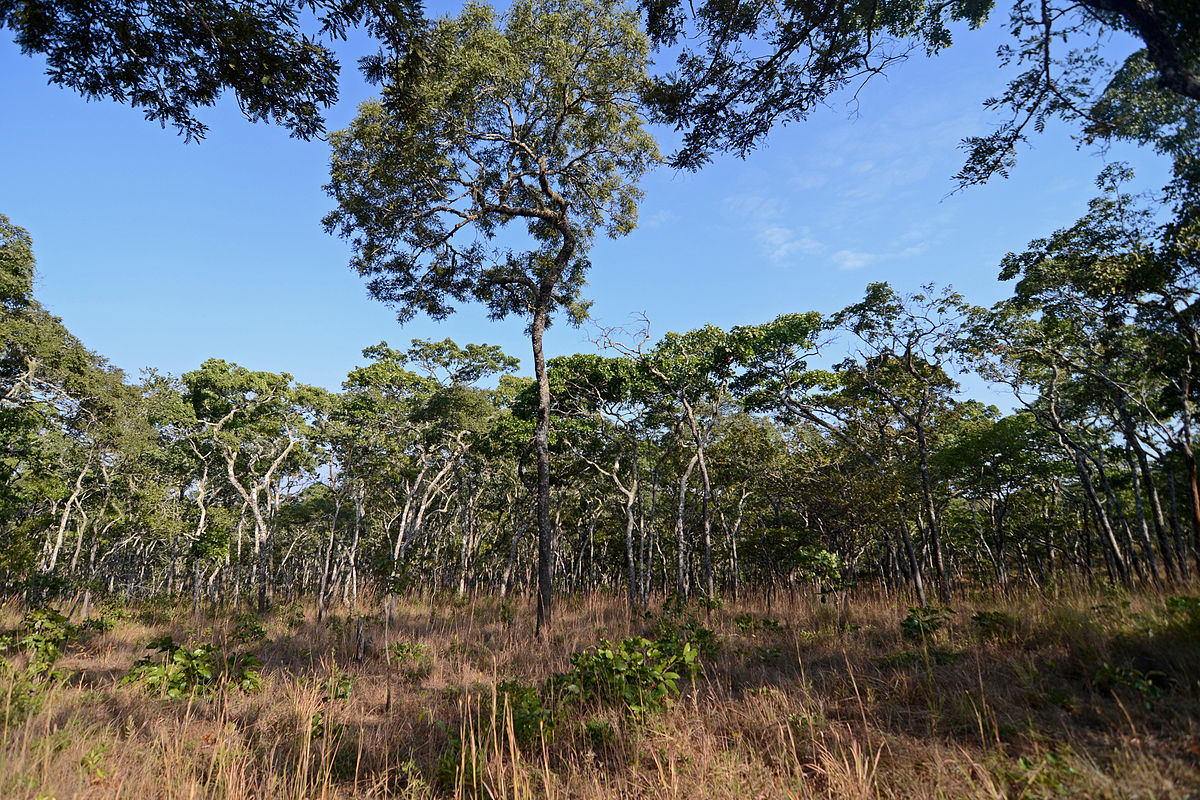Miombo woodland is the largest vegetation type in Tanzania, covering over two-thirds of the country’s land area. This woodland ecosystem is characterized by a mix of trees and grasses and is found mainly in the central and southern regions of Tanzania.

The dominant tree species in miombo woodland are Brachystegia spp., Julbernardia spp., and Isoberlinia spp. These trees provide a habitat for a range of wildlife, including elephants (Loxodonta africana), lions (Panthera leo), and various antelope species. The woodland also supports a rich birdlife, including the miombo rock thrush (Monticola angolensis), the red-capped crombec (Sylvietta ruficapilla), and the miombo pied barbet (Tricholaema frontata).
Miombo woodland provides various ecosystem services, such as regulating water flow, storing carbon, and providing non-timber forest products. The woodland is also an important source of livelihoods for local communities, who rely on it for fuelwood, charcoal, and other forest products.
However, miombo woodland is facing various threats, including deforestation, forest degradation, and climate change. Deforestation and forest degradation are mainly caused by agricultural expansion, logging, and charcoal production. Climate change is causing shifts in the distribution and composition of plant and animal species and is also increasing the frequency and severity of wildfires.
The Tanzanian government and development partners are implementing various programs and initiatives to conserve and manage miombo woodland, including promoting sustainable land use practices, improving forest governance, and supporting community-based conservation initiatives. These efforts aim to ensure that the ecosystem services and livelihoods provided by miombo woodland are maintained for present and future generations.
